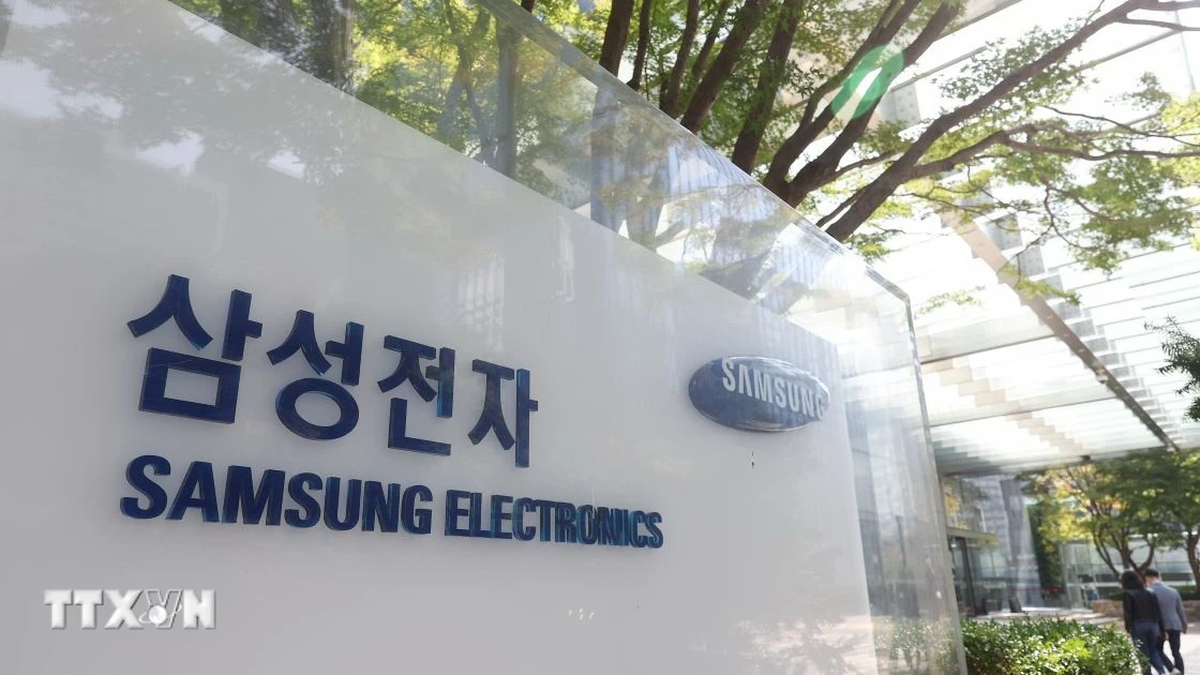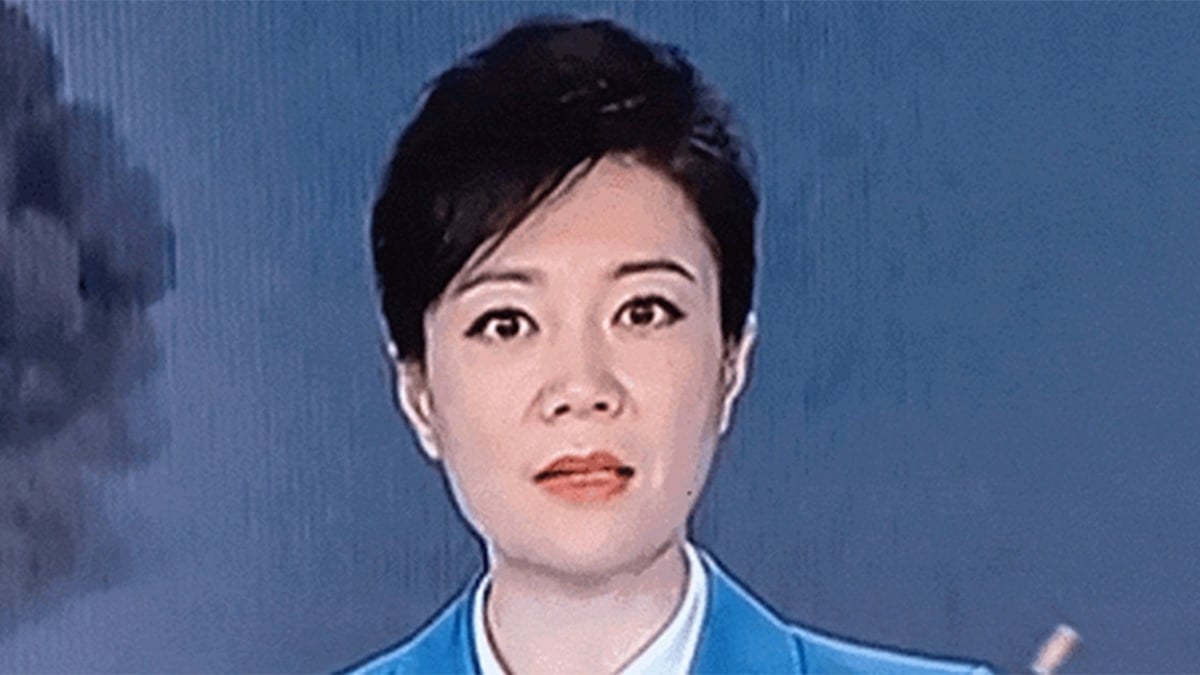 |
| China's economy is struggling to get back on track amid the risk of a slowdown and "Japanization". (Source: Reuters) |
"The Japanization Phenomenon"
Even after the Chinese government ended its Zero Covid policy, the economy is still struggling to get back on track.
“Customers have tightened their purse strings since the end of the Labor Day holiday in May,” said a Beijing restaurant owner. Spending per customer has dropped from around 400 yuan in the spring to below 300 yuan, or about $56, to below $42.
The phenomenon of weak demand leading to low inflation has similarities with Japan's decades of economic stagnation since 1990, known as the "Japanization phenomenon".
“China is showing clear signs of this ‘Japanese disease,’” said Yin Jianfeng, deputy director general of the National Institute of Finance and Development, a state-run think tank.
Growth in China's core consumer price index inflation, which excludes food and energy, slowed to 0.4% in June. The inflation trend over the past few years is very similar to Japan's in the 1990s.
Beijing has dismissed the risk of deflation. But Mr. Yin asserted that China is currently in a deflationary state, based on the trend of the consumer price index (CPI) being higher than actual inflation.
Chinese citizens are expressing concern about the direction of the economy. Many consumers are reluctant to make big purchases such as homes and durable goods. Young people are tightening their belts even more as youth unemployment tops 20%.
Money is sitting idle in Chinese banks, just as it did in post-bubble Japan. Deposits in China exceeded loans by 48 trillion yuan ($6.7 trillion) at the end of June 2023, the second-highest gap on record, after March.
In Japan, the preference for saving over spending has created a liquidity trap that makes monetary policy less effective in stimulating the economy.
Many similarities
China’s rapidly falling birth rate is akin to “Japanization.” Some experts predict there will be fewer than 8 million births this year, half the total of the past five years. The unchecked decline will eventually lead to severe labor shortages and a shrinking consumer market.
At a time when the population was growing, the country used the construction of assets including real estate and railways as an economic driver. However, as infrastructure has reached a certain level of development, especially in cities, its effectiveness in promoting growth is decreasing.
Yin's research team found that China's investment efficiency in 2010 was twice that of Japan and 20% higher than that of the US, but lower than that of the US in the early 2010s and Japan in 2019.
Even as the government's massive spending policies gradually erode returns, the transition from an investment-led to a consumption-led economy that Beijing seeks has been slow.
The International Monetary Fund (IMF) forecasts China's growth to reach 4.5% in 2024 and around 3% in 2026.
Chinese policymakers have studied post-real estate bubble Japan closely.
“They have focused on avoiding excessive bubble bursting and maintaining economic and financial stability,” said Yasunari Ueno, chief market economist at Mizuho Securities. “But the cost of not learning Japan’s lesson on population is huge.”
Source



































































































Comment (0)